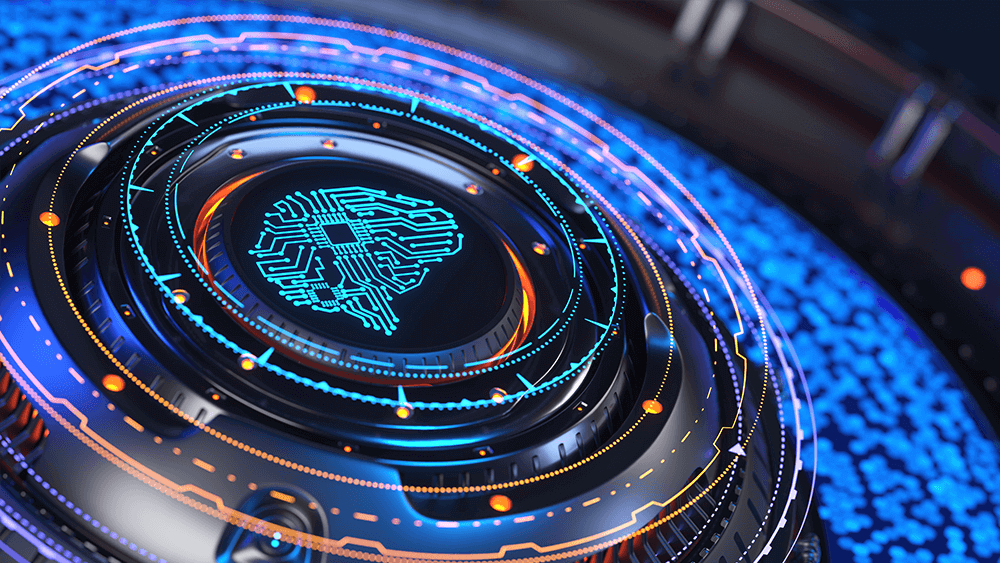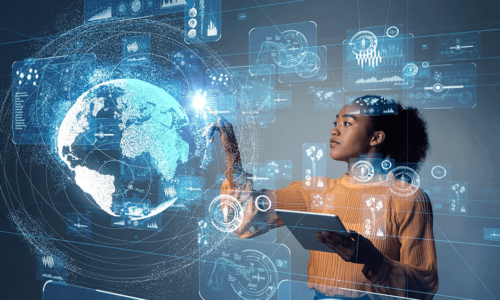W hen performing an Internet search on artificial intelligence or machine learning, the two terms are often used interchangeably. However, while the two are similar in nature and cross paths more than just a few times, there are major differences between machine learning and A.I.
As the industry continues to progress and both are utilized more and more, understanding the difference becomes necessary, both for the average consumer and for corporations looking to implement the technology within the business itself.
In the Early Days
The best way to dive into the difference between machine learning and artificial intelligence is to dive back into the early days of AI. Now, the concept of artificial intelligence and machine learning has been around for hundreds of years. References to AI can be seen in literature dating back beyond the even earliest conception of a computer. However, the implemented idea of artificial intelligence didn’t truly begin to take shape until the 1950s.
In 1956, the Dartmouth Conference brought computer scientists from around the world together. Computers remained in the earliest of infancy, yet the idea and drive to create artificial intelligence proved to be a major topic of interest throughout the conference. Of course, the technology necessary to create artificial intelligence lacked significantly and, up until recently, very little in way of AI had occurred. Real change didn’t truly take place in the industry until around 2012 (Nvidia, 2016).
The Divergence of Artificial Intelligence
Before diving into the differences of A.I. and computer learning, it is necessary to understand the divergence of artificial intelligence. In the early days of conceptualized A.I., computerized devices could take on the exact same characteristics and intelligence of a human. They might have a primary function or skill, but in general, the computer would act human. The best example of this in modern pop culture is the droid C-3PO from the Star Wars series. While the droid had a primary function (of being fluent in over six millions forms of communication), it could still perform many, if not most of the same tasks as a human. This form of artificial intelligence is known as “General A.I.”
Of course, while this form of artificial intelligence continues to develop, it isn’t the most commonly utilized form of A.I. The form of artificial intelligence primarily used in both the consumer and commercial levels is known as “Narrow A.I” (in some circles, this is also referred to as weak artificial intelligence while the other is known as strong artificial intelligence). This kind of technology is used for a specific reason or task. Typically, when the narrow A.I. is utilized, it is because it can perform the given task faster, or more accurately, than a human (Forbes, 2016).
Narrow artificial intelligence is any kind of technology used to perform a specific task. One of the most used forms of narrow A.I. is the spam filter for any email account. It is used to identify undesirable emails and separate it from the rest of incoming messages. Other forms of narrow A.I. includes the newsfeed on user’s Facebook account, self-driving cars using GPS, navigational technology and sensors to drive safety, and, among other technological forms, machine learning (Tech Target, 2016).
Machine Learning: An Offshoot of Artificial Intelligence
Machine learning does in fact fall under a category of narrow A.I. However, simply suggesting machine learning is a form of artificial intelligence is a narrow sided and inaccurate assessment. Machine learning does technically fall under the category of narrow A.I., but in reality it is so much more than a spam folder or Facebook newsfeed. With these other forms of narrow A.I., an algorithm is input, allowing the computer system to analyze information in order to perform a very specific task. In the form of machine learning though, the system uses the input algorithms to learn from the data it receives, in order to make a possible prediction or educated assumption on the interactive world around it.
For example, with a spam folder (at least the standard spam folder used in most email services), the narrow A.I. is used to identify potential spam. From time to time it may miss a spam message, or flag a certain sender as spam. If a user identifies a file as spam, the spam folder will add this to the list of accounts to block (or, on the reverse side, remove the email from the spam list if the content is not spam). Although a user can add or remove information from the spam folder, it does not learn from the addition or subjection. It does not analyze the information included within the message, sender email address and title and use it to improve its spam filter ability. If it did, it would use computer learning (Forbes, 2016).
Examples of Computer Learning
There are many examples of computer learning, both large and small. One of the most popular currently is the digital assistant (Amazon’s Alexa/Echo, and Google Home are the two most advanced and widely used). These devices not only provide information, but learn on the fly in order to offer more specific results to each user.
The Blending of Machine Learning and AI
It is possible many confuse the term of artificial intelligence and machine learning because, in many cases, artificial intelligence used in technology has transitioned into machine learning. A prime example of this rests in a search engine’s performance. Google’s search results early on relied on keyword input. A user would input keywords and the search engine would utilize its specially crafted algorithm to provide results. However, if one user in Michigan and another in Nevada typed in the same basic keywords, they would receive the results. The search would use artificial intelligence to crawl through millions of data points to provide results, but it would not take into account the individual making the search request.
Eventually, search engines such as Google began to implement machine learning into search. This way, the search engine could not only provide desirable results based on the input algorithm, but it could learn from user interaction and adapt to these requests. In a way, Google Search is the poster child of narrow A.I.’s evolution into machine learning (Wired, 2016).
The Push for General AI
The quest for general A.I., such as the Star Wars droids, continues to be a major goal in artificial intelligence research. However, to reach these goals, computer learning will play a major role, as the computerized device must be able to learn and adapt to its environment. In this way, artificial intelligence will lead to the development of computerized learning, which leads to the continued development of A.I. So, while computer learning does stem from narrow A.I., it is in itself an evolved, elevated version of it.
While often subtle, the differences between machine learning and artificial intelligence can prove vast. Understanding this difference is necessary for an enterprise considering the implementation of such technology in current or future product releases or within the corporate network itself. As the industry progresses, the two technologies will continue to develop new traits, differentiating the two even further. However, for earlier adopters of the technology, in-depth knowledge of the two is a must.
If our team can help you harness the benefits of AI and Machine learning, please connect with us.



